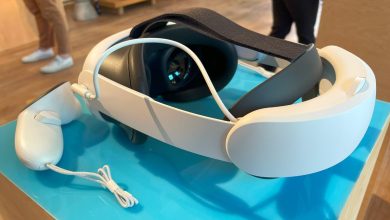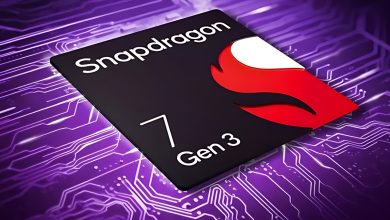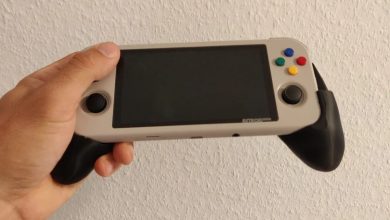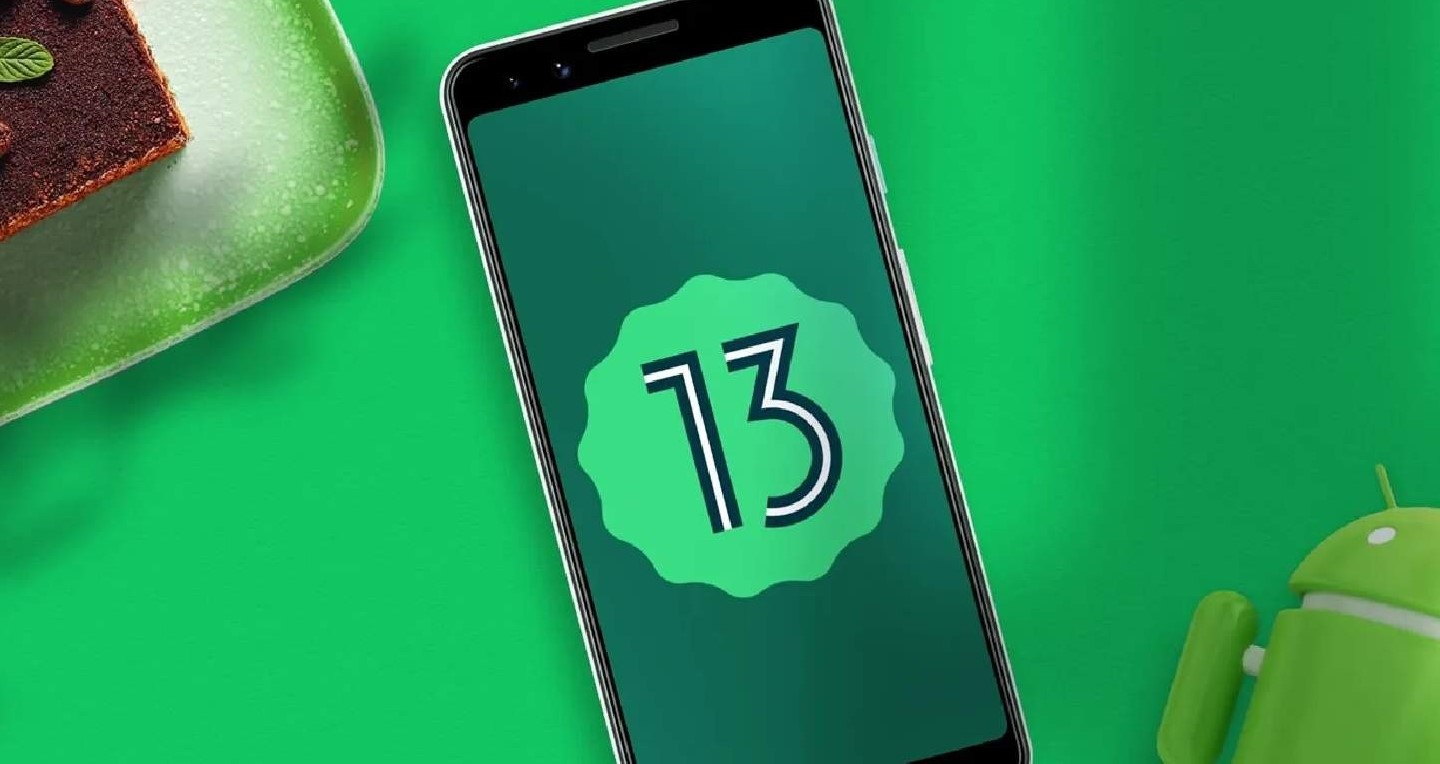
New (2024) Android 13 QPR1 Beta 3.1 Now Available Pixel Smartphones. A stable release is now available. If you own one of the compatible Pixel devices, you may try it out right away. Additionally, Google offers Generic System Images (GSI). Allowing the most recent version of Android to run on devices that are not Project Treble-compatible.
If you’re wondering how to Install Android 13 on a Pixel 4, Pixel 4a, Pixel 4 XL, Pixel 5, Pixel 4a 5G, Pixel 5a, Pixel 6, Pixel 6 Pro, or Pixel 6a running an earlier stable release, scroll down as we have a guide prepared for you. The recently launched Pixel 7 series can also be used with the techniques outlined below.
Utilize a Google Pixel Smartphone with Android 13 QPR1 Beta 3.1
You may check and upgrade your Android version to get Android 13 QPR1 Beta 3.1 over the air if you have a compatible Google Pixel smartphone. Most of the time, updating to Android 13 doesn’t require a complete data wipe. However, it is advised that you back up your data before doing so. The below Pixel devices are eligible for Android 13 OTA updates and downloads:
- 2 and 4a Pixel (5G)
- The Pixel 5 and 5a
- The Pixel 6 and 6 Pro.
- Photo 6a
- The Pixel 7 and 7 Pro
Install a system image manually or by flashing it. As an alternative, we advise utilizing the Android Flash Tool to flash your smartphone. The Android 13 QPR1 Beta 3.1 balanced view for your device is available on the Pixel downloads page if you need to flash your device for any reason. Go over the general guidelines for flashing a system image onto your device. When you require additional control over tests, such as for test automation or regression testing, this strategy may be helpful.
Check –
Make sure you choose a 64-bit Android 13 emulator system image and a device definition for a compatible Pixel device. Click Get next to the Release Name to download the appropriate Android 13 system image if you don’t already have one installed that matches your device specification. Double-click your Android 13 virtual machine to launch it by going back to the list of virtual machines in the AVD Manager.
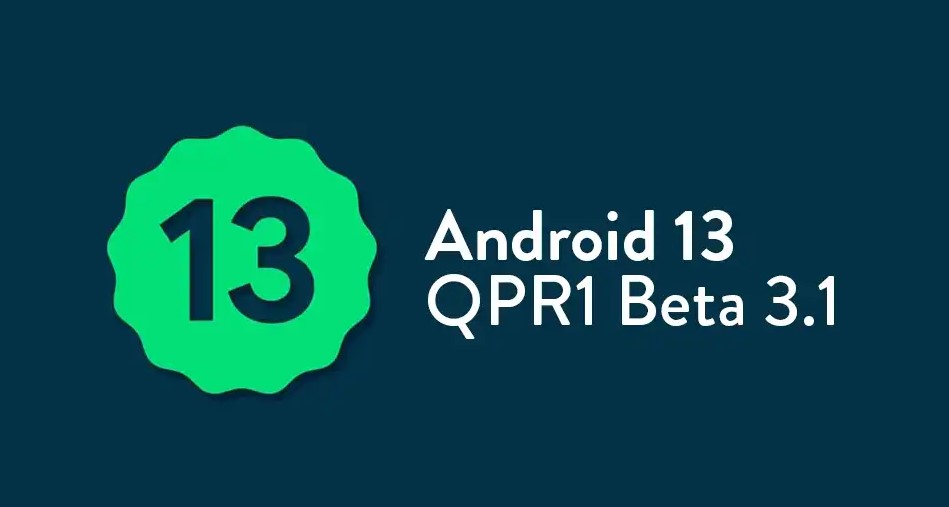
You may set new resizable device configurations that are featured in Android Studio Chipmunk. 2021.2.1 or above, in addition to big-screen virtual devices that are compatible with Android 13 and larger. The Android Emulator allows you to swiftly switch between 4 different devices: phone, flexible, tablet, and desktop when you’re utilizing a customizable device definition with an Android 13 system image. The foldable reference tool also allows you to go back and forth between folded or unfolded modes.
Installing Android 13 QPR1 Beta 3.1
Exploring new features & APIs and exploring Android 13’s behavioural changes may be done by setting up the Emulators to run Android 13 QPR1 Beta 3.1.
Create a Virtual Machine (Android 13 QPR1 Beta 3.1 )
- Follow these instructions to configure a virtual device to resemble a conventional phone:
- Install the latest version of Android Studio, Chipmunk | 2021.2.1.
- Simply choose Tools > SDK Manager in Android Studio.
- Choose the most recent Android Emulator version under the SDK Tools menu, then click OK. If it isn’t already installed, this operation installs the most recent version.
- To build a new Android Virtual Device, go to Tools > AVD Manager in Android Studio and follow the on-screen directions (AVD).
With the same reference devices, this flexibility makes it simpler to evaluate your architecture at design time or test the behaviour at runtime. Use Android Studio’s Device Manager to build a new virtual device. Then, choose the Customizable device definition under the Phone category to create a fresh resizable emulator.
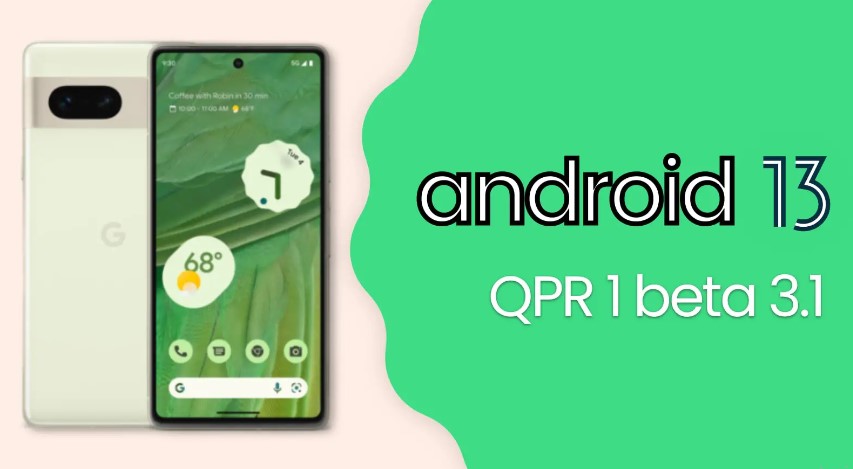
Developers get access to Android Generic System Image (GSI) binaries for testing and validating apps on supported Treble-compliant devices. These images may be used to fix any compatibility problems as well as to find and report OS and framework problems. For information on required devices, flashing procedures, and advice on selecting the best image type for your device, consult the GSI literature. In order to get a GSI binary, go to the Downloads section of the GSI binaries website.

